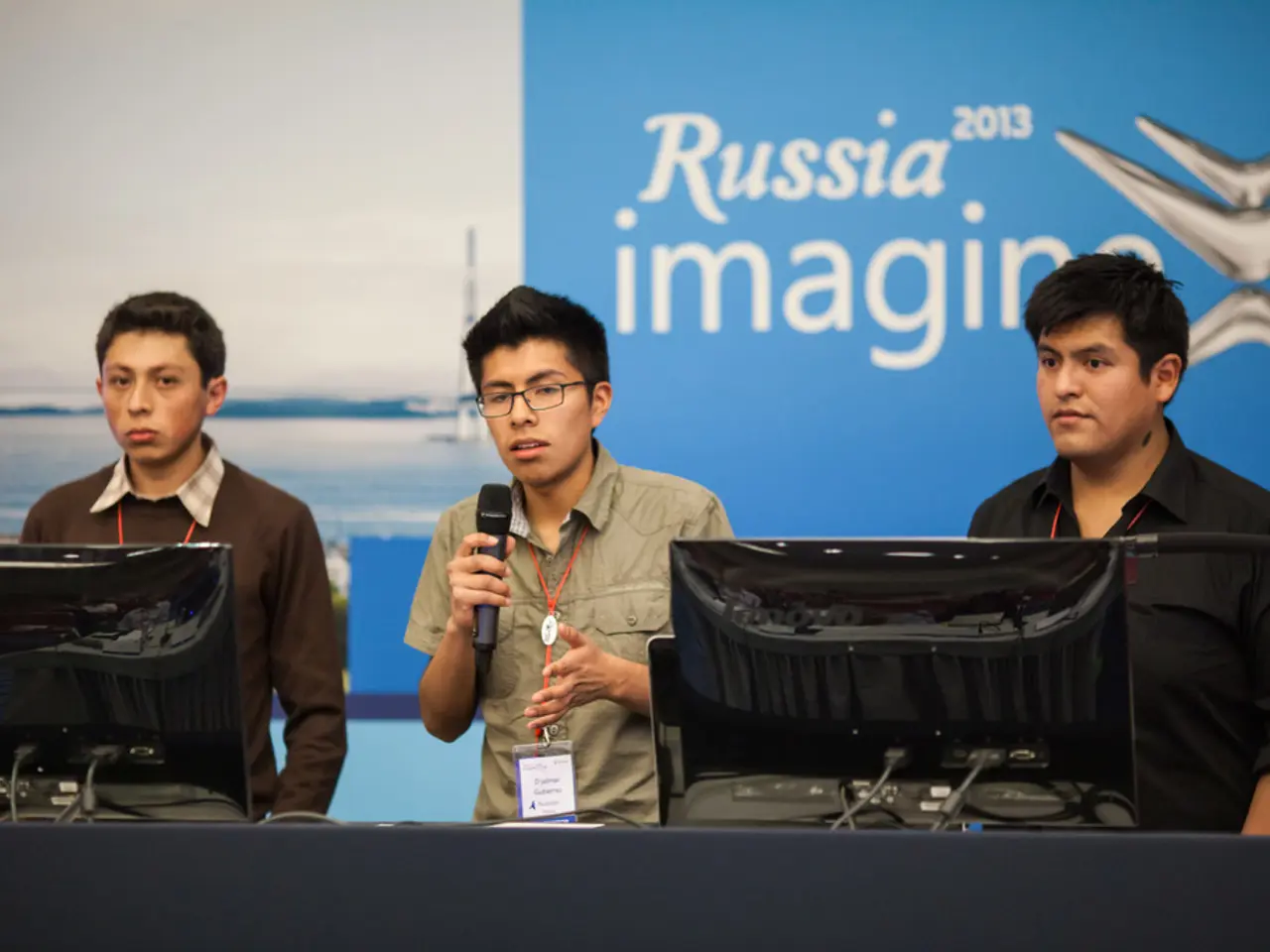Foreigners are invited to visit "In"
Foreign investors from "unfriendly" jurisdictions are finding it difficult to invest in Russia due to a combination of Russian counter-sanctions and sanctions from their own regulators. Despite Russia's efforts to liberalise conditions for new foreign investments, including those from unfriendly countries, earlier introduced restrictions continue to pose significant challenges.
Key Conditions and Concerns
Russian Regulatory Restrictions on Funds
Foreign investors must use special "S" accounts where proceeds from securities and asset sales are credited. These funds cannot be freely withdrawn from Russia; their use is strictly limited to prevent capital outflow, which dampens the attractiveness of the market despite the new liberalized regime for post-July 2025 investments.
Dividend Payment Restrictions
Since March 2022, Russian joint-stock companies are prohibited from paying dividends to non-resident investors from unfriendly states. When dividends are paid, they must go into "C-type" bank accounts where the funds cannot be withdrawn but can only be used for limited purposes like paying taxes or buying Russian government bonds. Permissions to release dividends from these accounts require approval from the Bank of Russia or the Ministry of Finance, adding procedural complexity.
Sanctions from Own Regulators and International Financial Institutions
The EU's 18th sanctions package adopted in July 2025 includes transaction bans on numerous Russian banks, bans on financial service providers supporting Russian entities, and prohibitions on exporting financial software critical for banking operations in Russia. These measures severely limit the ability of third-country financial institutions to engage in normal transaction processes with Russia.
Transaction and Banking Process Constraints
Financial institutions from unfriendly jurisdictions face both regulatory prohibitions on processing transactions involving Russian counterparties and enhanced scrutiny to prevent circumvention of sanctions. These sanctions impede the routine settlement of investments, dividends, and sales proceeds, complicating capital flows for foreign investors.
Attractiveness of the Russian Financial Market
Despite these challenges, experts consider the Russian financial market attractive to non-residents from unfriendly countries due to relatively high yields and a stable ruble exchange rate. However, market participants do not yet expect a mass influx of investors from unfriendly countries.
References
[1] Bank of Russia, "Details of Servicing Foreign Investors from Unfriendly Countries", August 1, 2025. [2] TASS, "Foreign Investors from Unfriendly Countries Can Invest in Russian Market", August 1, 2025. [3] Reuters, "Russia's New Sanctions Evasion Laws Pose Challenges for Foreign Investors", July 31, 2025. [4] Financial Times, "EU Adopts 18th Sanctions Package Against Russia", July 29, 2025. [5] The Moscow Times, "Russian Regulators to Require Banks to Report Transactions with Unfriendly Countries", July 27, 2025.
Finance and business interests of foreign investors from unfriendly jurisdictions are impeded by a combination of Russian regulatory restrictions and sanctions from their own regulators. Investing in Russia requires the use of special "S" accounts, with funds being strictly limited and unable to be freely withdrawn, which poses a challenge despite the new liberalized regime for post-July 2025 investments. Dividend payments to non-resident investors from unfriendly states are prohibited, and when paid, they must go into "C-type" accounts where funds cannot be withdrawn but can only be used for limited purposes. Transactions and banking processes also face regulatory prohibitions and enhanced scrutiny, complicating capital flows for foreign investors.




